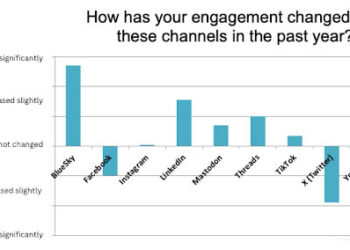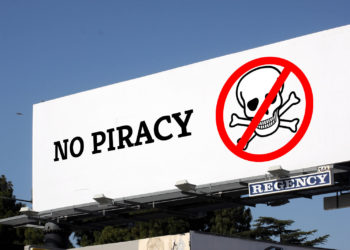
- Image via CrunchBase
A source of speculation in recent months has been, “How will Twitter make money?” Many assumed the answer would be, “Advertising.” Apparently, they were wrong.
A recent article from Reuters outlines the fact that Twitter is looking toward new business models based on services and tools and not advertising for its future revenue streams. As co-founder Biz Stone is quoted as saying, “There are no people at Twitter who know anything about advertising or work in advertising.”
It’s an interesting proposition — for a company that emerged from technical moxy to use that same technical moxy to build tools to make money.
But advertising has a way of insinuating itself wherever people gather. Why does content carry advertising? Because of its distribution. It’s actually an accident of history — content and advertising converged because mass distribution of content and mass distribution of advertising had something in common: mass distribution. Now that there are better ways to deliver content and better ways to focus advertising dollars, that old partnership is being re-examined.
Twitter’s distribution is growing rapidly, but right now, it’s very unfocused. Twitter can’t profile its users well, the streams are random thoughts as much as anything else, and the distribution isn’t mass distribution — its micro-niche (followers, mostly) distribution with no meaningful, predictable clusters. No wonder they aren’t pursuing an ad model.
Instead, they are looking at tools and services that analyze and validate Twitter:
the company’s main focus at the moment is developing new features for commercial users, such as “lightweight analytics” and a directory of commercial accounts that would verify that businesses on Twitter are legitimate.
How might this play out? And why might advertising still lie in Twitter’s future?
My speculation is that by creating verified commercial accounts, Twitter will be able to grow in niche verticals. Stores, publications, and others will be able to create tiers of Twitter within a domain. Once this occurs, users can be aggregated into meaningful audiences.
And soon, advertising will have what it needs to flourish — a crowd.
Discussion
9 Thoughts on "Twitter’s Business Model Emerges"
Who wants to bet that in a few years, the founders of Twitter will look back in regret at not taking the enormous buyout offers that have recently been made? Twitter, like Skype before it, is a useful technology with no obvious route to profitability. Personally, I’d sell out now at the peak of popularity and let someone else deal with the decline.
Interestingly, it looks like Skype became profitable in Q308: http://tinyurl.com/prkrlw. I admire the people who steward new ideas through rough waters and come out with a haul at the end, despite skepticism and what must be a constant desire to cash out. It takes dedication, that’s for certain!
I tend to think of Mark Cuban as the example. Sell at the peak of hype, then contemplate what might have been from the deck of your yacht.
Kent, are you saying that Twitter is essentially going to sell access to aggregate data along with their new tools? Might that just be a way to let others do the advertising instead if businesses can figure out how to target the groups that emerge through their analysis?
That might be one way of doing it, but I think their hint at creating verified commercial identities suggests that targeted audiences could emerge. Whether the business model is for the owner of the commercial sells the ads, Twitter sets up an ad network, an ad network affiliates with Twitter, or all of the above, it seems like the foundation is being poured.
![Reblog this post [with Zemanta]](http://img.zemanta.com/reblog_e.png?x-id=a3511c8b-444b-47d3-a0f6-e42a9a0b5b9f)


